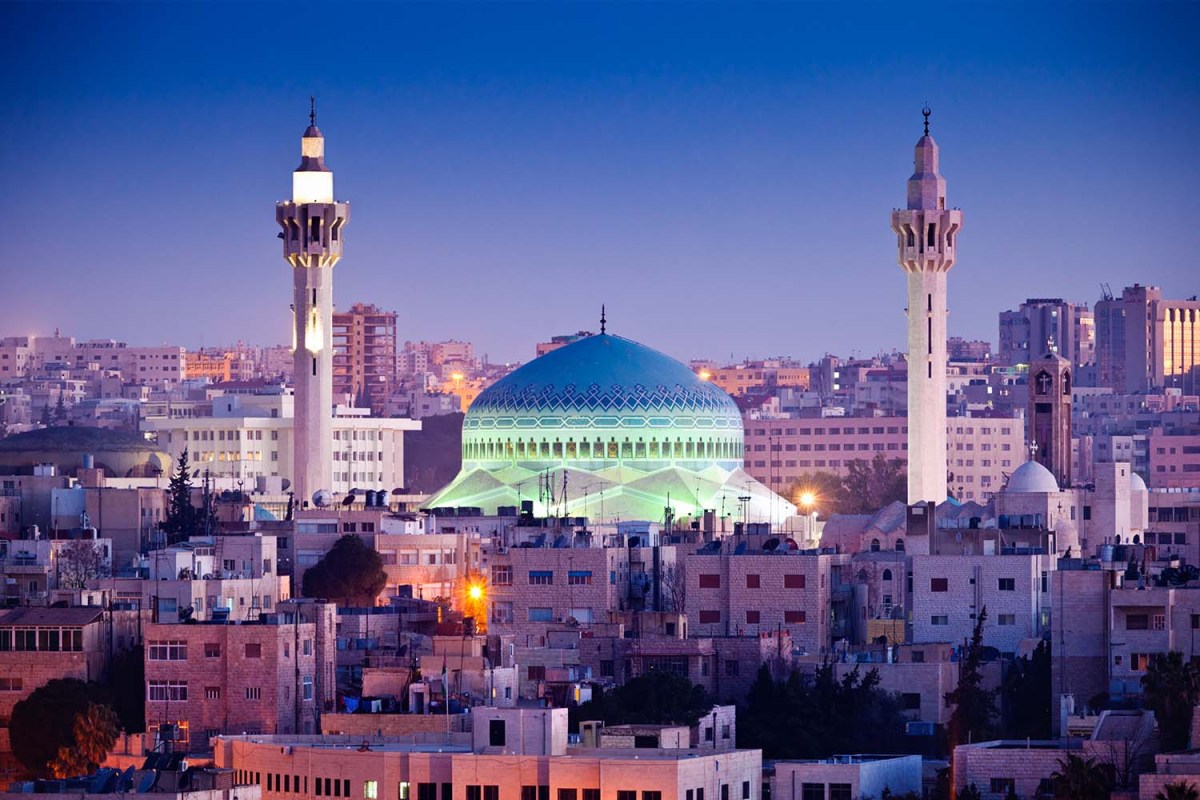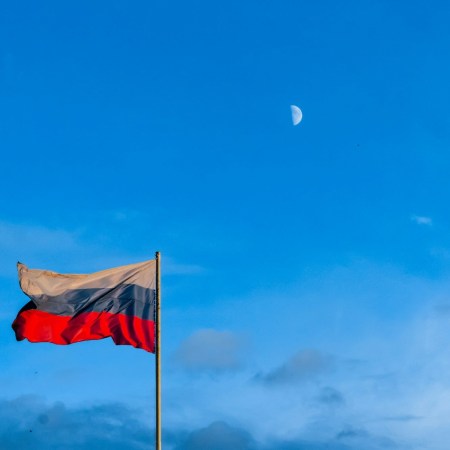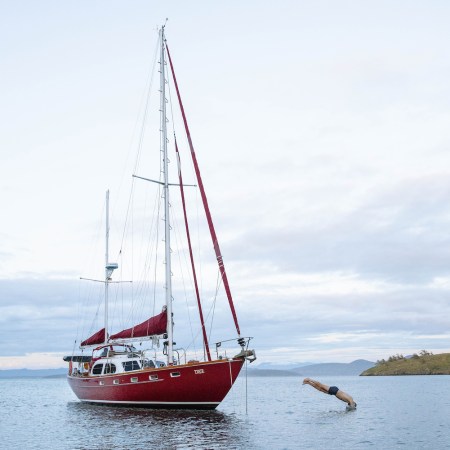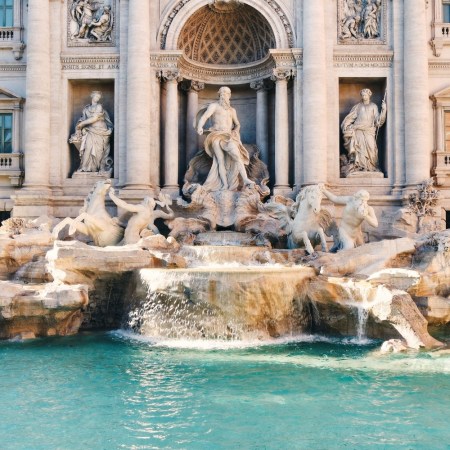When you hear “$300 million project” coupled with “tourist city,” it likely conjures up images of a sterile-feeling metropolis rife with ultramodern architecture. What it likely does not conjure up is the alleged baptism site of Jesus Christ. And yet…
Per a new report from Reuters, Jordan has proposed a phased six-year project which would see just that (a $300 million tourist city) erected next to Bethany beyond the Jordan — which, for the uninitiated, is a UNESCO World Heritage Site located on the east bank of the Jordan River, and the place most Christians believe Jesus of Nazareth was baptized —with the idea being that the new city would presumably help boost tourism to the area.
“Organisers hope that with souvenir shops and walking trails, boutique hotels and botanical gardens, the site — which lies outside the formal boundary of the baptism location — will eventually attract five times as many annual visitors than the current 200,000, and will to help preserve the region’s dwindling Christian presence,” Suleiman Al-Khalidi wrote.
According to those attached to the project, the new city would be consistent with its surroundings, because, for obvious reasons, you can’t throw up a new Dubai on sacred ground (although, technically, for the right price you probably could).
“We are talking about rustic stones and pebbles in architectural designs that preserve the place’s pristine nature and ensure that the sanctity and spirituality that existed 2,000 years ago are not trampled on by any development,” said one of the architects behind the design. “We are not talking about a high-tech landscape.”
All of that said, I’d be remiss not to point out that tourism isn’t always a good thing — particularly when it comes to historical sites in need of preserving. Carvings in the Colosseum walls, broken moai statues on Easter Island, spray-painted Tottori Sand Dunes in Japan and ancient petroglyphs destroyed in Big Bend all tell the story of a society growing increasingly ambulatory and less concerned with the preservation of its history than with performative destruction for a few views on social media. And sometimes it’s not even as insidious as that, either — the famed tomb of King Tut was almost destroyed by the moisture from the humidity and carbon dioxide brought inside of the tomb by the tourists that regularly sweat and breathe during their visits!
So while it may be important to increase the number of Christian tourists visiting that specific area of Jordan, it’s probably also worth noting what unsavory consequences the uptick in tourism might hold for the place that those same Christians hold so dear.
Thanks for reading InsideHook. Sign up for our daily newsletter and be in the know.



















